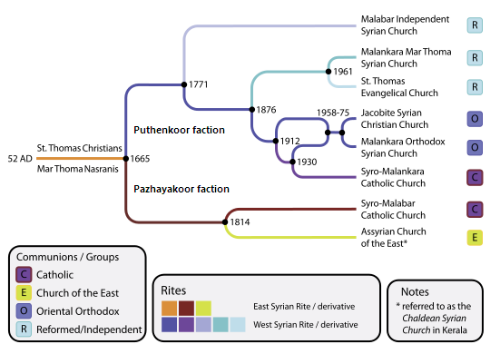H
Hesychios
Guest
They would not be any different if they deliberately excluded other peoples from membership based upon racial or ethnic or cultural considerations.Are the ‘Syro-malabar’, ‘Syro-malankara’ or for that matter the Armenians any different?
As far as I know they do not. They must be open to others, and they still have a responsibility to spread the faith.
This is not to say that some layperson-members will not be bigoted/prejudiced or even hateful enough to discourage visitors and newcomers. Sometimes this happens because they don’t want their daughters meeting these ‘strange’ persons, they want the parish to be an ethnic club. That is always wrong.
However, as wrong as it is, one does not usually see the attitudes reinforced by the clergy and hierarchy in churches like you mentioned, even if they privately still share some of these same attitudes they realize it is an unchristian position to take.
In fact, in some places the clergy are the first to realize that such attitudes, if left unchecked, could mean the parish will eventually collapse.
This may not be so in the core area, the traditional homeland of the people, but in areas of dispersal the general trend is for the ethnic minority to assimilate, and the parish will die.
Even the Knanaya will see this process as they migrate and settle around the world. Every generation will see some children marry outside. It can only mean heartache and disappointment if they are not welcoming to these mixed ethnic families. A parish of 200 families eventually has just 60 families, then 40, then 12 …
Any parish and any church that does not take upon itself the Great Commission while it is strong and has the means to do so deserves it’s fate.

